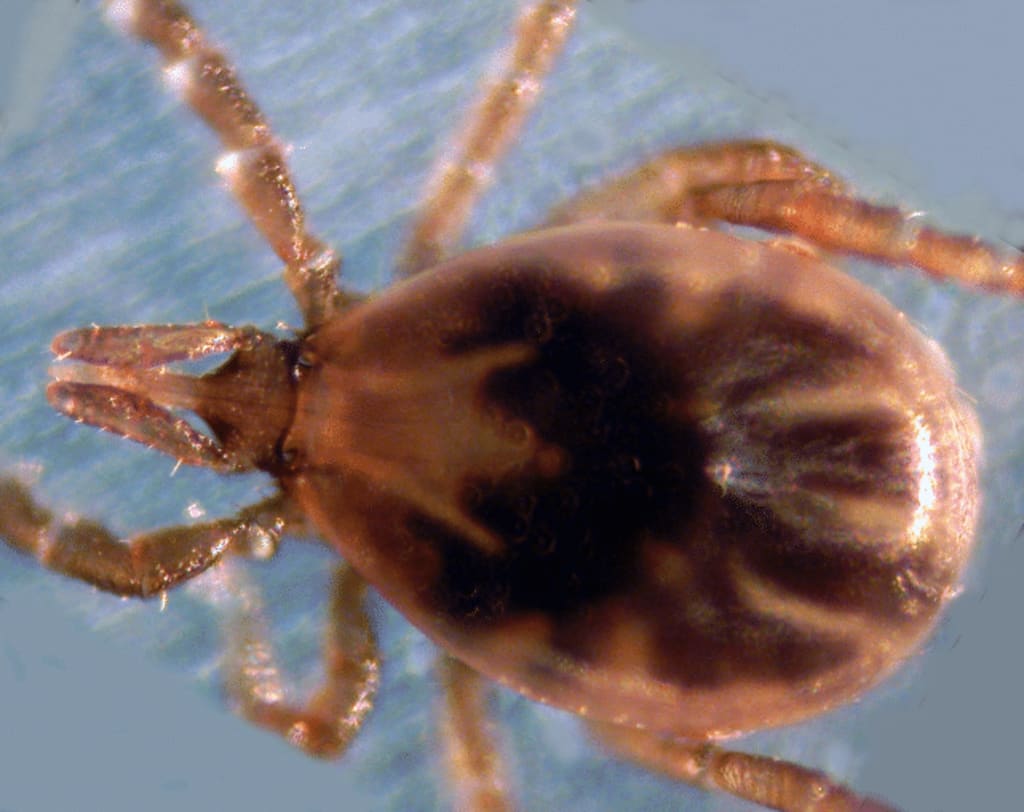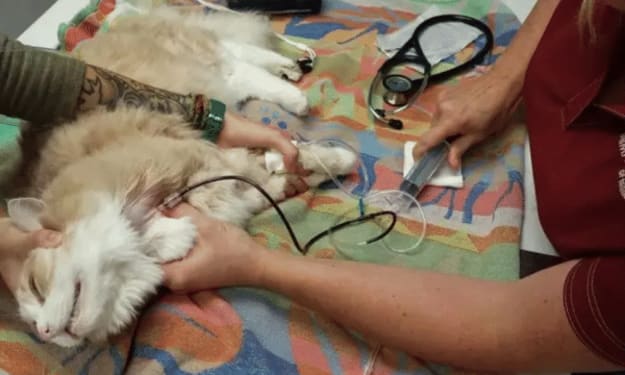
A doctor friend once said to me: "Don't be careless when you encounter this kind of small bug, it is very likely to die because of it. Three elderly people in Henan just attended a funeral, and they contracted the disease and died one after another. Another 1 People are being treated in the hospital, and the culprit is a small tick!"
The deadly tick killed 3 people, what happened?
According to reports, an elderly man in Henan went to the hospital for treatment because of a fever that did not improve. He was diagnosed with "thrombocytopenia syndrome" by the doctor. His condition was relatively serious and unfortunately died on May 5.
Immediately afterwards, two other elderly people who attended the funeral together died on May 20 and 26, respectively. Another elderly person developed the same symptoms and is being treated in the hospital.
After investigation, it was found that the disease of these elderly people is commonly known as "tick disease", which is generally transmitted through tick bite infection.
In this incident, a total of 4 people died due to ticks. Together they cleaned and dressed a deceased who also died from tick disease and because of a novel bunyavirus infection in ticks that caused "thrombocytopenia syndrome", a virus that can pass Contact with the blood or secretions of the deceased is a relatively rare mode of human-to-human transmission.
What are ticks?
In reality, tick bites are very common, and many people have encountered them. Just a search will reveal a lot of news about "tick bites":
1. The deadly tick got into the scalp of a 9-year-old girl and sucked blood frantically for nearly a month. The parents did not find it, and thought it was a mole;
2. An elderly man in Hangzhou was bitten by a tick and was sent to the ICU very seriously;
3. A 5-year-old child found a tick behind the ear. Half of the worm had penetrated into the child's body, and finally went to the hospital to get it off;
4. There is a strange dot in my pet's hair, it seems to be a bug, and I can't pull it off. What should I do?
...
It's just that most cases are caused by direct tick bites, and there is no contact with ticks as at the beginning, and death due to human contact is very rare.
Ectoparasitism, widely distributed
Ticks are ectoparasites that feed on blood and are generally 3-5 mm in length.
At present, more than 800 species have been found, and there are about 110 species in our country. The insects are widely distributed and found all over the world. They like humid and warm places the most.
Vitality is also very strong, it can survive in a vacuum environment for half an hour; during drought, if you don’t eat, you can go without water for 18 weeks, and in extreme cases, it can endure 36 weeks; cold resistance, even in the Antarctic, it has also been found A tick that parasitizes penguins.
There are two main types of ticks: hard ticks and soft ticks.
The two are significantly different in appearance. Ixodes have a scutellum on the back, and the mandible (feeding structure) is located at the front of the body, while soft ticks have no rigid scutellum, and the mandible is hidden in the abdomen and cannot be seen from the front.
In general, ticks go through four stages: egg, larva, nymph, and adult. Each period needs to suck blood, and different types of ticks have different parasitic hosts. Some have a single host, and some need to experience the life of 2, 3 or even multiple hosts.
The oldest known tick fossils are from the Cretaceous period, about 100 million years old. As you can see, this is a very successful creature.
Before ticks become parasitic, they will carefully look for a host that is suitable for them.
There is a unique sensory structure on the tick's legs, called Hader's organ, which can be used to sense the temperature and airflow changes in the outside world, and can also be used to detect the odor emitted by the host. The sensing range is up to 15 meters. Physically, it's amazing.
Ticks can't jump or fly, and most Ixodes ticks climb onto their hosts by "waiting for the rabbit".
They will choose leaves or grass of different heights according to the height of different hosts and hold them firmly, then quietly wait for the host to pass by, and climb up to the host as soon as they have a chance.
Some ticks, due to their lack of ability, only wait for the host to come to their own nests in their own nests.
Once a host has been identified, the tick will choose a hidden and not easily scratched location, such as behind the ear, scalp, inner thigh, with a unique feeding structure jaw, pierce the skin, immobilize, and then feed on blood.
Tick saliva contains 1500-3000 kinds of proteins, which can prevent blood coagulation and prevent wound inflammation. Therefore, many people have been sucked blood by ticks for many days without finding out.
Except for a very few species of ticks that are poisonous, the bite of most ticks is just an open wound. However, because ticks carry a variety of viruses and bacteria, which are transmitted through blood, the host becomes sick or even killed.
Studies have shown that ticks can carry 83 kinds of viruses, 31 kinds of harmful bacteria and 32 kinds of protozoa.
These include hantavirus, which causes hemorrhagic fever with renal syndrome, and usually kills 6-9 days after onset.
Lyme disease is more common abroad, a tick-borne infectious disease that affects at least 65,000 people in Europe every year. The early stage is just a rash, usually painless and easy to ignore, followed by symptoms of the nervous system, heart and joints.
Finally: what do we do if bitten?
Now is the season of high incidence of ticks. Ticks are so harmful, how to avoid them? If encountered and how to deal with it?
1. Prevention
Many ticks are waiting for the host to pass by in the grass, so try not to burrow into the grass casually during the high tick season;
If you must go, wear long clothes and long pants, and wear a hat with tight sleeves and sleeves, especially for children and pets, and check your body carefully for tick bites when you get home.
2. Seek medical attention in time
Once you find that you have been bitten, do not shoot directly, do not pull directly, go to the hospital for treatment.
Because ticks carry a variety of pathogenic organisms, they are easy to be directly infected when they are killed. Pulling hard can easily leave their "false head", that is, the jaw body, in the body, causing inflammation. Doctors usually numb the tick before removing it completely.
It is also not recommended to burn the tick buttocks. Once the tick is stimulated, it will only burrow into the body in order to escape.
3. Don’t take it lightly, the sooner the better
Never underestimate this little bug. If you have just been to places such as grass and woods some time ago, and you have symptoms such as fever, you should seek medical attention in time.
Once bitten, it can take as short as 24-36 hours, or as long as 7 days. The tick carries many pathogenic bacteria. Many people are easily overlooked, thus delaying the optimal treatment time.
The point is, many ticks are removed within 36 hours of the bite and don't spread disease, the sooner the better!
About the Creator
Vicky
The world is so wonderful, let's get to know the world together!
Enjoyed the story? Support the Creator.
Subscribe for free to receive all their stories in your feed. You could also pledge your support or give them a one-off tip, letting them know you appreciate their work.






Comments
There are no comments for this story
Be the first to respond and start the conversation.